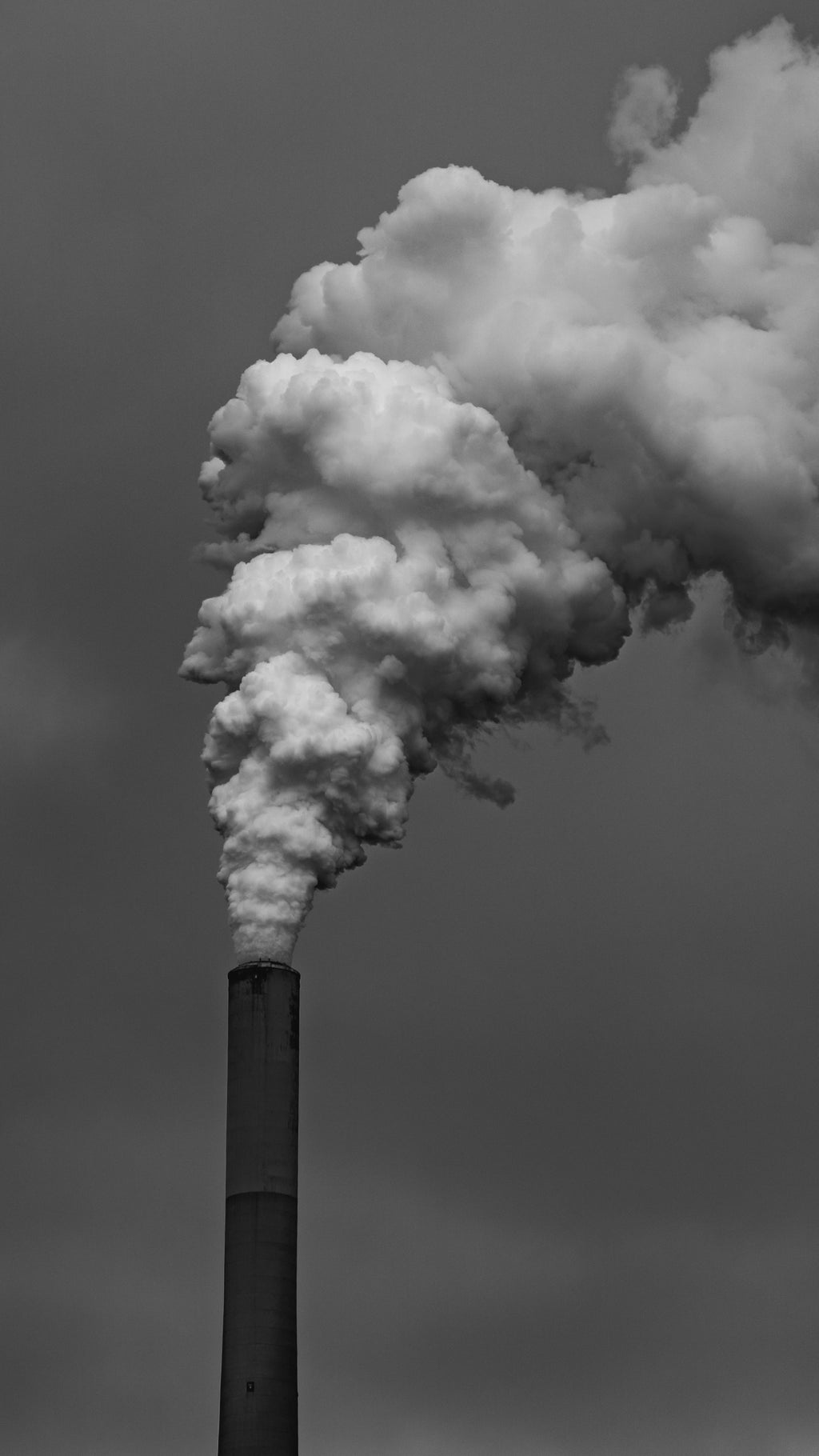As I watched the girl sitting in front of me scrolling through the popular fast fashion brand; Shein, I was taken aback by how many items they had on their site. It was overwhelming. How could a company produce so much and sell merchandise for so cheap? But that’s what fast fashion is: clothing designs that move quickly from the catwalk to stores with cheap and speedy manufacturing and shipping methods so that they can feed consumers’ appetites for up-to-the-minute styles.
For college students on a budget, brands like Shein and Forever 21 are very appealing. Their prices are insanely low and it makes us feel less guilty about buying so many trendy things. However, while the immediate cost of purchasing such items may be low, there are immense long-term costs that go beyond just what’s coming out of your wallet. These companies aren’t great for the environment, they tend to have ethical issues with their labor force, and their products can have detrimental impacts on humans and other animals.
Fast fashion items are made quite cheaply and the materials used don’t tend to be very eco-friendly. Materials like polyester and acrylic are popular fabrics used in fast fashion, as they are cheaper and easily available; however, they are not very sustainable. These synthetic fabrics are made with plastic and are not biodegradable, which can take up to 200 years to decompose. Furthermore, studies show that around 700,000 microfibers are released every time you wash an item of clothing. The microplastics enter wastewater plants and some of them even enter our lakes and oceans, where fish end up consuming them. This is not only toxic for fish and marine life but also potentially harmful for humans. Manufacturing goods with synthetic fabrics is an energy-intensive process that requires a lot of water for cooling, and if this isn’t managed appropriately, it may result in water levels dropping and the reduction to access of clean drinking water, especially in vulnerable communities where polyester is often manufactured.
The idea behind fast fashion is to produce items that are currently trending. However, trends change so rapidly and many of these items end up being thrown away after less than a year, worn only once or twice by the consumer. Research shows that, on average, 12% of a woman’s closet is filled with “inactive” clothing — clothing that is out of fashion, hasn’t been worn yet, or doesn’t fit anymore. Additionally, most of the clothes that we get rid of end up either in a landfill or are burned. In fact, every second, about one garbage truck’s worth of textiles is dumped in landfills or burned globally. A lot of clothing materials don’t end up being recycled, and instead, end up in huge mountains of clothes and shoes that increase pollution and degrade ecosystems.
Lastly, employees in the fast fashion industry are highly exploited, and sadly a lot of children compose this labor force. The UN defines child labor as; “work for which the child is either too young or work carried out to the detriment and endangerment of a child.” As the demand for fast fashion has grown, Western countries have turned to other developing nations such as India and Bangladesh for competitive prices, where goods and labor are cheap. The working conditions are terrible, the employees don’t make living wages, they don’t receive benefits, and their children get sucked into the workforce as well. Because children don’t have unions or social control mechanisms to support them, they are more vulnerable to being exploited in the industry. This also allows the employers to keep wages low, as labor would be scarce if children didn’t work, which would then require the adult employees to ask for better wages and working conditions. Moreover, the production of fast fashion perpetuates the vicious cycle of poverty, as the employees don’t make liveable wages and children forgo their education in an effort to help their families survive.
Fast fashion has detrimental effects on our planet and our people. From the unsustainable materials, the contamination of our waters, and the massive piles of textiles that aren’t being recycled, our ecosystem is suffering. The workers who have been forced into working for fast fashion brands with unsafe and unsanitary working conditions are suffering too. So, while the cost of each fast fashion item may be low, its cost to society is extremely high.
Can’t get enough of HC UMass Amherst? Be sure to follow us on Instagram, listen to us on Spotify, like us on Facebook, and read our latest Tweets!




